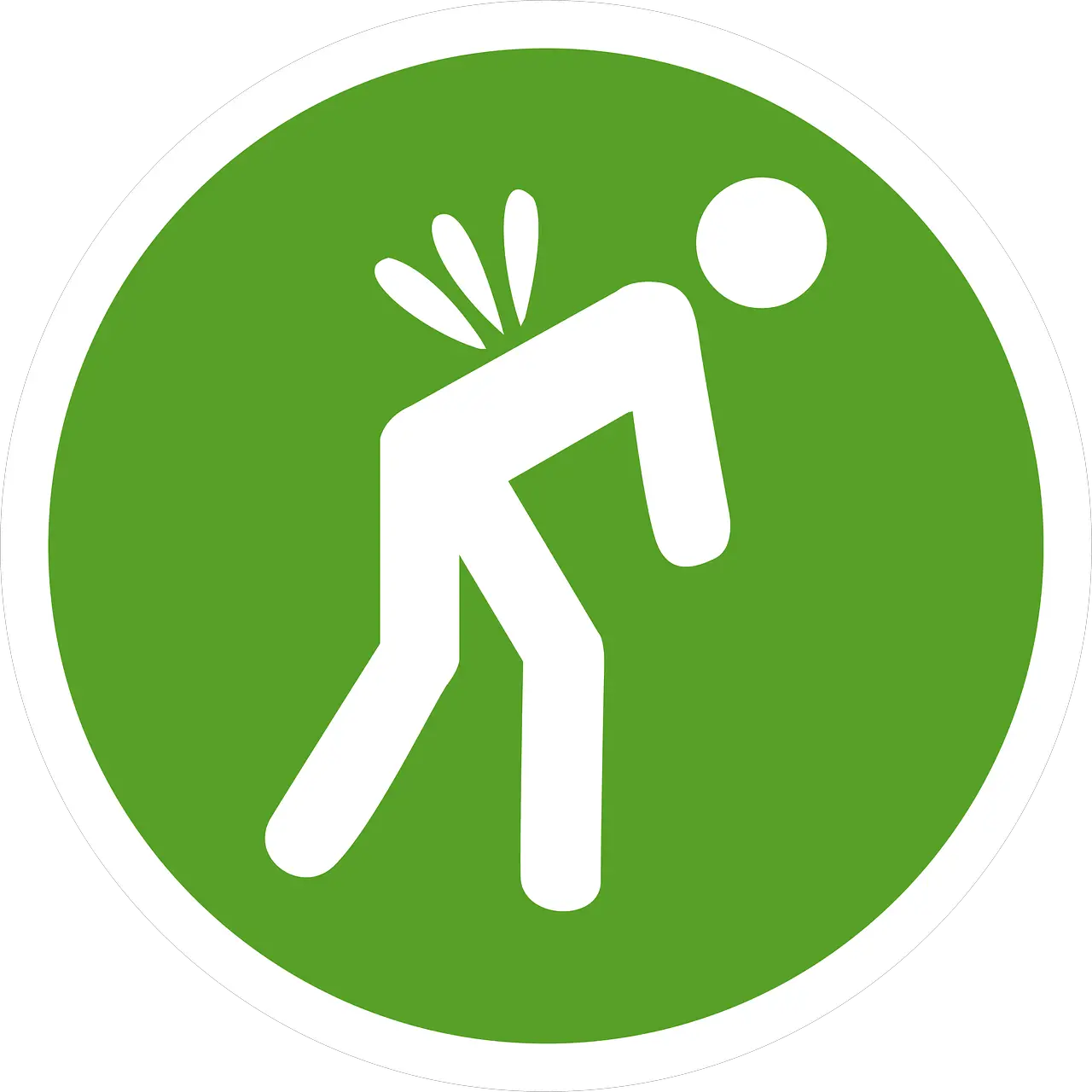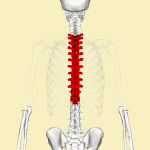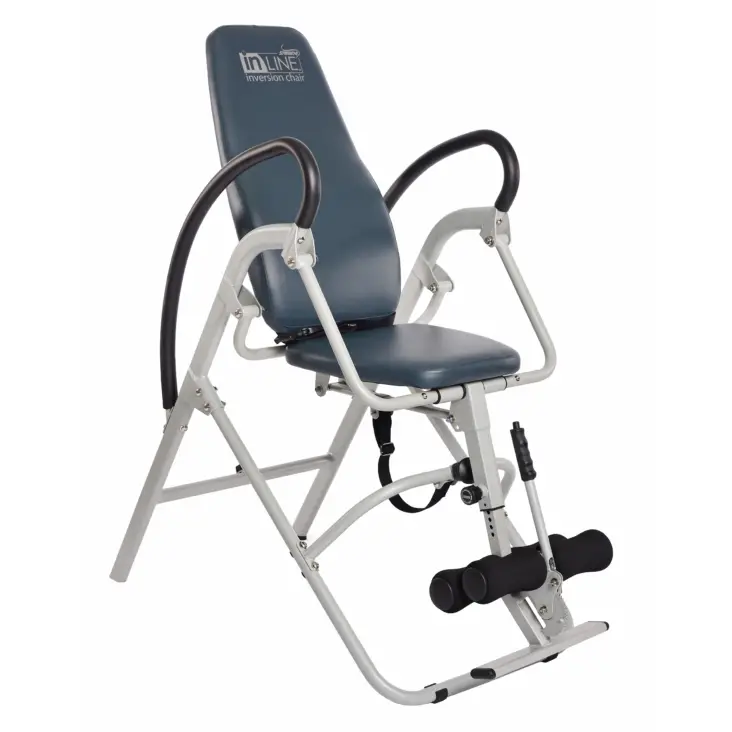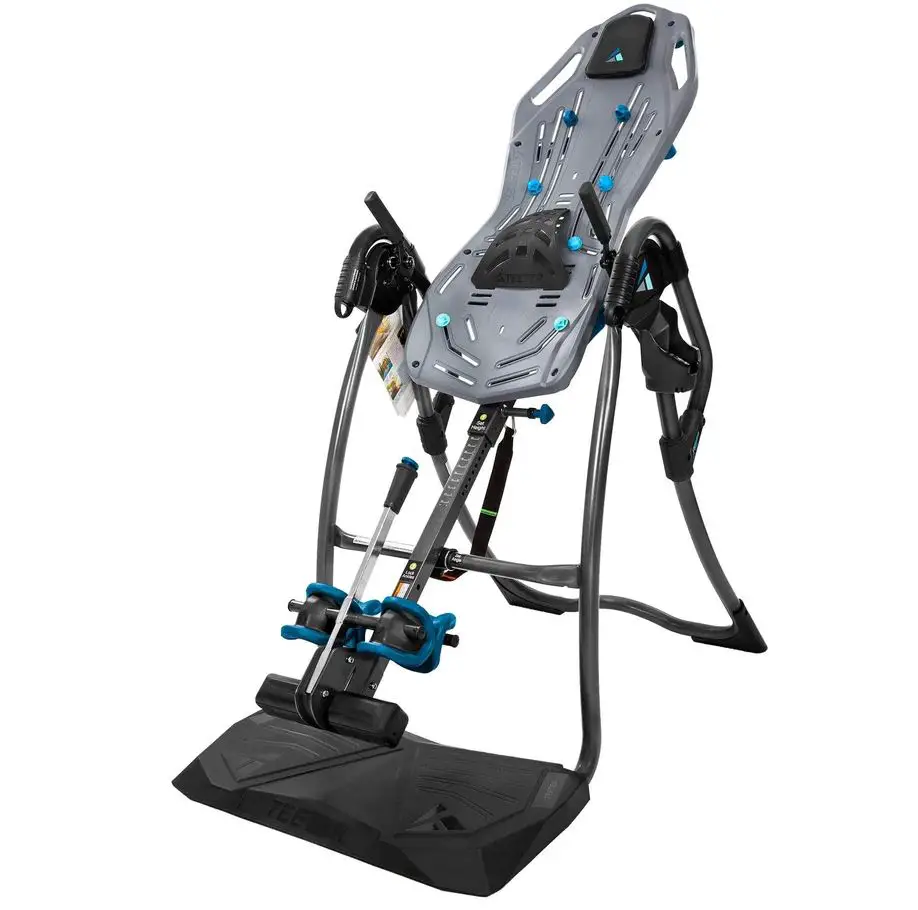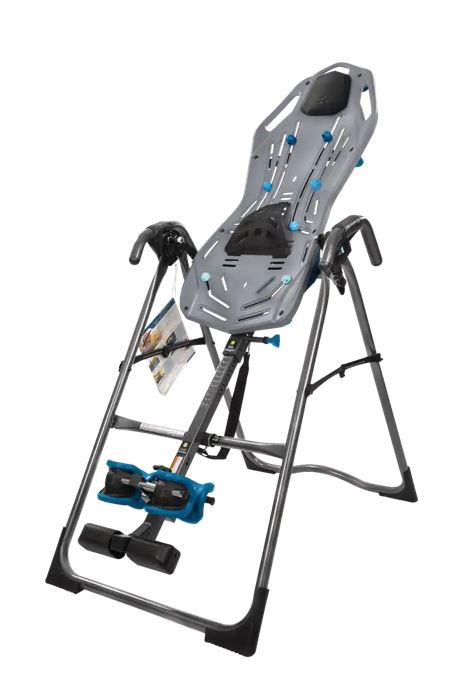Inversion tables offer a noninvasive form of mechanical traction that aims at decompressing the spine to reduce tension on the spine and improve spinal health. An inversion table tilts you back to relieve nerve pressure pain, however, any relief on its own is usually not permanent.
Is your back pain worse after inversion table? After walking for half an hour the pain usually returns, and the relief from the inversion table is short-lived, but ultimately as part of a plan, it may be able to help you.
Best Practice for Back Pain
Your back pain must be fully investigated by your MD to exclude other conditions. Then your doctor will make recommendations, and one of these might be to see a chiropractor. Before seeing the chiropractor a referral could be made for imaging, that is, an X-ray or CT scan, unnecessary tests are expensive but sometimes imaging can identify the exact source of the problem.
If you have sustained a sporting injury physiotherapy may be recommended, otherwise, a referral to a chiropractor can help.
Chiropractors have a good understanding of bones and joints, and in many cases can alleviate the pain you are suffering from.
If you are still in severe pain, a non-steroidal anti-inflammatory may be recommended in the short term. Paracetamol as it is not effective in relieving back pain.
Exercise for Back Pain
Swimming and low-impact aerobic exercises like walking, combined with strengthening exercises are good for back pain. Daily exercise is recommended to keep the muscles in the best condition and to stay healthy, and some with some gentle stretching for the back.
Keeping good posture can also be a help, and if you spend hours on the computer have an ergonomic assessment to make sure that your equipment (chair and desk) is at the right level for the best back posture. Sometimes a footstool may be required to prevent back strain.
Is Back Pain Worse After Inversion Table
The inversion table is useful for stretching the muscles and soft tissue around the spinal area. The gravity-induced traction takes the pressure off the nerves and discs. The FDA recently expanded a list of conditions that a Teeter Inversion table can be used for including the following:
- muscle tension
- back pain
- degenerative disc disease
- scoliosis
- herniated disc
- sciatica
- muscle spasm
This is interesting as it means that inversion tables are becoming mainstream therapy, and is vindication for the many people that have used them for a while with success.
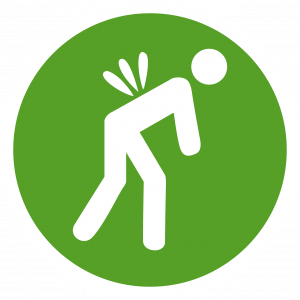
How to Use Inversion Table For Lower Back Pain
Start off slowly don’t use the table for more than 10 minutes a day for the first three to four weeks, and don’t go beyond 45 degrees, as you can feel the effects usually, between 20 and 30 degrees recline. If you have a disability don’t use the table, if you are normally confined to a wheelchair, this is not the treatment for you as with lumbar instability, you may have an accident. The other reason for not using the table is high blood pressure, get the blood pressure medically controlled before even considering using an inversion table and consult your doctor.
To be specific the inversion table is mainly used for people with diagnosed low back pain.
Safety Tips
1. You don’t need to be hanging upside down like a Flying Fox to get the benefits of a good stretch, so start off gradually at no more than 20 degrees.
2. Use the safety strap to prevent leaning back too far.
3. Don’t stay there for long start for 2 minutes and work up to 6 minutes
4. Return to an upright position slowly
5. When you return to gravity and are in an upright position do some stretches, the sort that you do when lying down, pull your knees up to your chest, and get up gradually.
Using an Inversion Table
Studies have shown that in certain cases inversion tables do work, but they have failed to show significant long-term benefits.
So, what does that tell us? To me, it says that if you have benefited from the use of the inversion table, you need to keep using it regularly.
Many people state that it has cured their back pain, while others only have temporary relief.
Inversion therapy is not new and many physical therapists recommend it as a home treatment to stretch out the spine.
Contraindications include Glaucoma, as hanging at an angle would increase the blood flow to the eye area, and if you have Glaucoma you are trying to decrease the intraocular pressure, meaning that you can’t use an inversion table.
When you first start using an inversion table, if possible do it with the Physical therapist helping you, just to get the hang of it, then you can safely do it at home. If back pain worse after inversion table stop using it.
Common Causes for Lower Back Pain
Lower back pain is less likely to be caused by injury but is often caused by nerve pain, lumbar discs, and joint pain.
- compression fracture
- spinal stenosis, nerve root pain
- scoliosis
- spondylosis
- common fractures
- The menstrual cycle in young women can cause temporary severe lower back pain, similar to labor.
Once the cause of the lower back pain is diagnosed you can move forward with the treatment, and if it is affecting the activities of daily life, you will need ongoing treatment. If you find that the inversion table helps you, purchase one to use at home, as many back problems tend to re-occur from time to time.
Conclusion
With the right strategies in place, you can keep your lower back pain under control. If you have had spinal surgery, there is a lengthy period of rehabilitation attached to it, and some of this will be done using an inversion table under supervision. Once you are well again you will be given a lifelong plan to follow, as having a strong healthy back is a key to staying mobile and pain-free for life and daily exercise is part of this plan.
